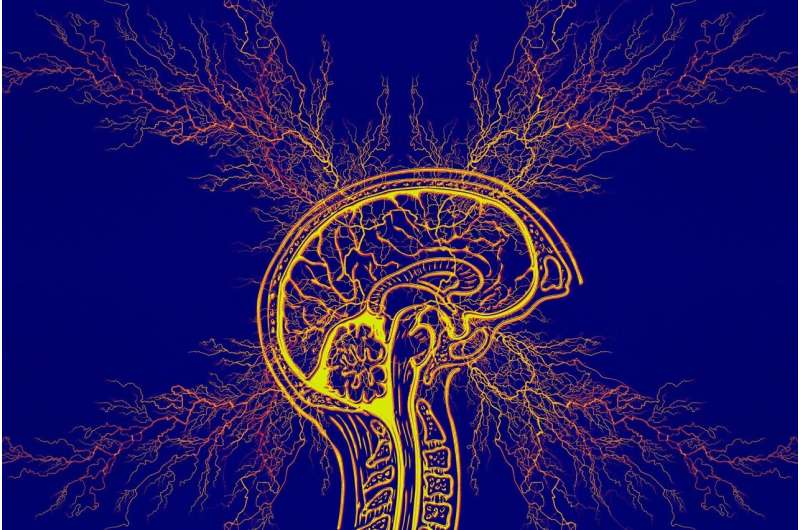Innovative Low-Cost Laser Method Could Expand Access to Cataract Surgery Globally

A groundbreaking low-cost laser system developed by researchers offers the potential to make cataract surgery more accessible worldwide, especially in resource-limited settings, reducing costs and improving outcomes.
Cataracts continue to be a leading cause of blindness worldwide, especially impacting populations in countries with limited access to advanced medical technologies. Traditionally, cataract treatment involves phacoemulsification, a procedure that uses ultrasound or laser energy to break down and remove the clouded lens from the eye. Although modern laser-assisted techniques can enhance precision and recovery, their high costs and bulky equipment often restrict availability to well-funded healthcare facilities. This gap leaves many patients, particularly in low- and middle-income regions, with limited options, longer recovery periods, and less favorable outcomes.
Recent research from the University of South Florida, as published in Biophotonics Discovery, presents a promising alternative. The team introduced a low-cost, millisecond-pulsed laser system constructed from commercially accessible diode lasers. Unlike the expensive femtosecond lasers used in wealthier medical centers, this new system is compact, affordable, and easier to operate.
Using computer modeling alongside physical tests on tissue-like materials, the researchers demonstrated that their laser technique effectively liquefies cataractous material without harming surrounding tissues. The laser’s heating effect is precisely controlled, ensuring it impacts only the targeted area. Mitchell Harrah, a Ph.D. candidate and lead author, explained that the system employs pulses of near-infrared light delivered via a custom-designed surgical probe. Their findings suggest this approach could serve as a practical alternative, especially in settings lacking access to high-end laser equipment.
If further clinical validation confirms its safety and effectiveness, this innovative technology could substantially reduce the costs and complexity of cataract surgery. This breakthrough holds the potential to extend sight-restoring procedures to underserved populations—particularly in rural and low-income areas experiencing a rise in age-related cataracts. The development offers hope for better eye health and improved quality of life for millions who currently cannot access traditional treatments.
The researchers are optimistic that their preliminary work will pave the way for clinical trials and wider adoption of this affordable laser technology, helping to combat preventable blindness on a global scale.
source: https://medicalxpress.com/news/2025-05-laser-technique-cataract-surgery-accessible.html
Stay Updated with Mia's Feed
Get the latest health & wellness insights delivered straight to your inbox.
Related Articles
Understanding Dystonia: A Hidden but Impactful Movement Disorder
Dystonia is a complex and often underdiagnosed movement disorder characterized by involuntary muscle contractions, leading to abnormal movements and postures. Learn about its causes, symptoms, and treatment options.
Large-scale Study Finds No Significant Increase in Cancer Risk with JAK Inhibitors for Rheumatoid Arthritis Patients
A large international study shows no significant overall increase in cancer risk for rheumatoid arthritis patients treated with JAK inhibitors, supporting their continued use under careful monitoring.
Emerging Frontiers in Male Infertility: Lab-Produced Sperm and Future Fertility Solutions
Emerging research at the University of Limerick explores lab-produced sperm as a groundbreaking solution to male infertility, offering new hope for those with failing reproductive health.
Study Finds Most Epilepsy Patients Wait About a Year for Seizure Control After Treatment Initiation
Most individuals with focal epilepsy experience a year or more of ongoing seizures after starting treatment, highlighting the importance of personalized, persistent medication management for seizure control.



